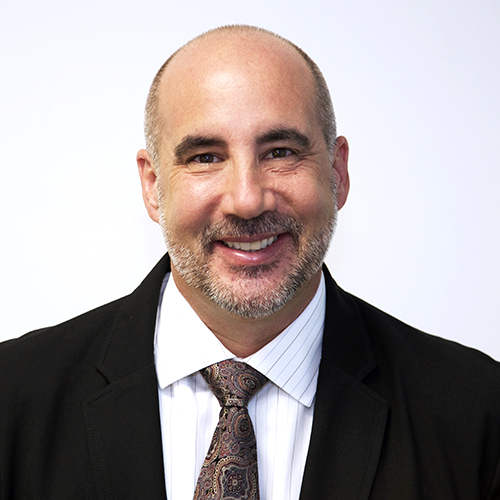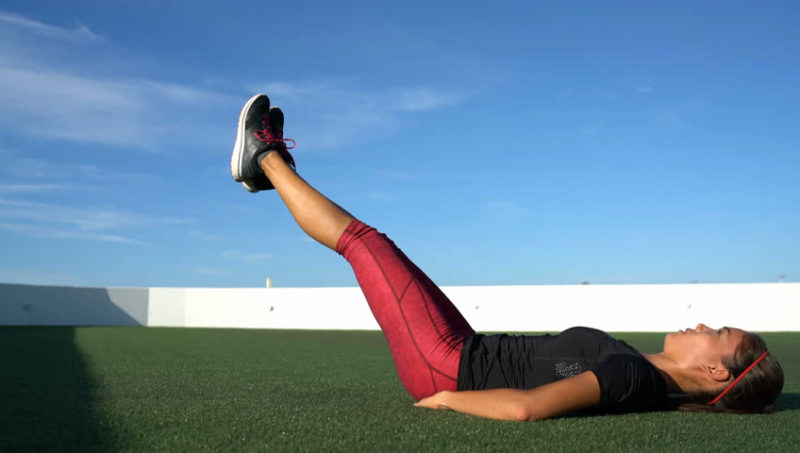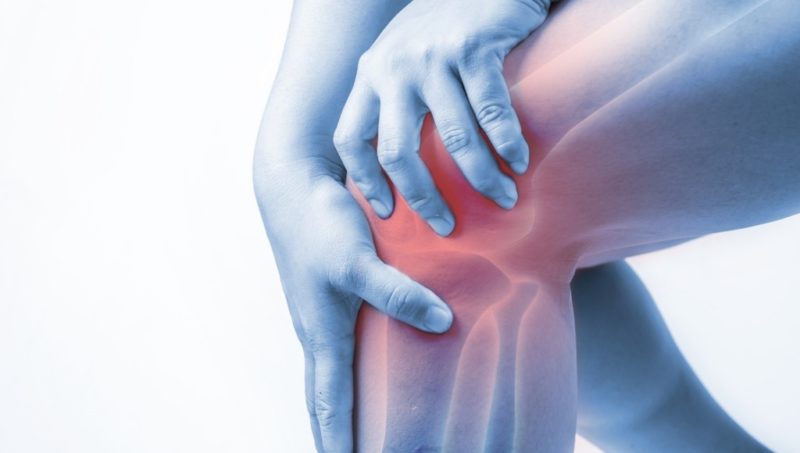Ever wonder why your back pain gets worse after doing all those ab exercises?
Seems crazy doesn’t it. Aren’t Ab exercises suppose to make your back better?
You work hard getting fit.
You understand that a healthy body requires a steady diet of exercise. You’ve got strong abs, but despite all your efforts, you still have back pain.
It’s frustrating.
You’ve read all the online programs you can. You’ve consulted experts. Sought medical attention.
Look at your beautiful Abs. But your back still hurts.
Why?
What are you missing?
Let’s start by agreeing, your back isn’t lying to you – it is being damaged and it’s not happy about it.
Your back pain is a warning sign
Pain tells you injured something.
But how?
Didn’t you do the exercises you were told to do and more?
Doesn’t having a six pack mean you won’t have back pain?
Doesn’t all the hard work doing sit-ups, planks, hanging abs, leg lifts get rewarded with a pain-free back?
The answer to this question is essential to your healthy back.
Let’s be clear:
Your Healthy Back IS The Criteria (No Back Pain)
If ab exercises were the answer, you’d be pain-free.
Your back hurts, so it doesn’t meet our criteria.
As you read this article, consider all the solutions to your back pain. What you have tried or will try.
Judge treatments for your back pain by their ability to relieve your back pain AND you are healthier. ‘Healthier’ means biomechanical integrity of your spine (no injury) and you can perform all the activities life throws at you without having to ‘protect’ your back.
Have you taken pain meds?
Pain meds may have a place in your recovery but should be brief and short term. Their long-term use means you haven’t fixed the problem.
Just because the pain meds take away the pain, doesn’t mean you don’t have a problem. You’re just hiding it from your conscious brain. Your subconscious brain and your back, however, aren’t fooled.
Back Pain Warning Sensor
Pain meds for back pain is like covering up the low tire pressure light in your car.
Let’s say you have a tire with a slow leak. The low tire pressure light comes on (this is the slight ache or twinge in your back).
Instead of checking your tires, you ignore the warning light, maybe even cover it up (pain meds).
Or if you do see the warning light, you just add air to a tire, instead of figuring out why it’s losing pressure and fixing it. Just adding air month after month may get the sensor to turn off but it doesn’t fix the leak.
The low pressure causes excessive wear and tear on the tire. It leads to potentially more serious problems like a blow out and getting stranded.
Ever have your back feel like it has a blow out?
It’s devastating.
You can’t breathe without pain. Moving, even in turning in bed hurts. The subtlest motions can create sharp pain and muscle spasm.
All that work and sweat gave you strong abs, yet here you are with back pain.
You work too hard to get this result. So what warnings did you miss?
Rarely does severe back pain come without a lot of warning signs.
But athletes learn to ignore them.
5 Reasons Ab Exercises Cause Back Pain
1. Your ab exercise is re-injuring your back
Many abdominal workouts such as sit-ups, planks or leg lifts hurt your back. You have probably experienced it.
Why? Many reasons.
Mainly, it’s because theses exercise are not actually improving the joint stability and health of your lumbar spine.
Don’t take my word for it – listen to your back – it hurts. It’s not lying to you – it’s telling you, these exercises aren’t working.
Back pain is often a result of developing hypermobile segments in your lumbar spine. This hypermobility means that these joints are moving excessively.
This increased motion is also associated with a lack of ligamentous and muscle stability leading to shearing of the spinal joints which could lead to a chronic re-injury cycle.
Repetitive re-injury causes excess wear and tear of the spinal segments of your back.
It’s like taking a paperclip and flexing it back and forth until the metal breaks.
Sounds like that should hurt doesn’t it? It does.
Sit-ups and leg lifts often re-injure your back because you are not actually stabilizing the lumbar joints, you are shearing them.
These exercises load the lumbar joints, jam them together and then shear the joint surfaces
Planks put your back under load and as your muscles fatigue you strain the joints of your back by both compressing and jamming the injured joints together, particularly as you fatigue or are unable to hold a stable, neutral position – this causes re-injury.
You might want to stop doing that.
Theses exercise may have benefits, just not for your back, not now.
2. Your Ab Exercises train the wrong muscles
The muscles that provide the segmental stability of your back form a girdle around your spine to support and protect it. These muscles are the multifidus, transverse abdominis, pelvic floor and the diaphragm.
The problem is your exercises aren’t working them.
These are the quiet, soft spoken muscles, that get shouted out by the big, powerful muscles you are training.
If you are straining, giving that extra effort, making it burn, then you’ve probably told your stabilizer muscles to shut up and turn off!
They are not alone in stabilizing your lumbar spine but are the essential part of stabilizing the motion segments of your spine and protecting hypermobile joints.
Another problem occurs when you have sufficient strength in this lumbar girdle muscles but the muscles are not engaged or turned on throughout your exercise.
This is a communication problem.
Often, the larger movement muscles have been trained to take over for the smaller stabilizer muscles.
Let me give you an example.
Say you are in a conversation with a friend.
You are a strong, type A personality. You like to tell it like it is. Often.
Your friend is the quiet listening type.
You talk. They listen.
You think you are having a meaningful conversation. You keep talking. They appear to be listening.
When your friend tries to say something, you interrupt them. You have something important you need to tell them.
This goes on and on with every conversation.
Eventually, your friend tires of trying to talk and they get tired of listening.
The relationship weakens.
This same conversation is going on within your body between the large movement muscles you focus on in the gym and the quiet postural/stability muscles you don’t focus on.
You develop a habit of replacing these quiet core muscles with loud movement muscles that aren’t equipped to stabilize your back.
Then, one day when your back is complaining, you decide, you’d like to hear from those stabilizer muscles. But they are atrophied. You don’t know to communicate with them. You’ve never learned.
It’s time to focus on developing a working relationship with your postural/stabilizer muscles.
3. You’re exercising in the wrong positions
Think about the times you hurt your back.
Were you lying down or were you standing? Bending? Reaching?
Often, people hurt their back simply bending over to tie their shoes, dry their hair, or pick up something light off the floor.
How do you train the muscles?
Most people train their core muscles in prone on elbows (plank), sit-ups (laying on your back) or leg lifts (laying on your back).
You need to train the postural – spinal control muscles in the positions of life’s activities.
Standing, bending, reaching and lifting.
This is made more difficult because we often substitute the small postural muscles for big movement muscles during these activities.
Your challenge is how to differentiate between them.
You’ve never been taught.
Time to learn.
4. Your muscles are not turning on when you need them
Once you learn to find your core postural stabilizer muscles, you face another problem.
Keeping them engaged throughout an activity.
You can have the strongest core muscles, but if they don’t turn on at the right time you will still injure your back.
Think of it this way.
Scenario number one:
You walk into a dark room. Find the light switch, turn on the light. It goes on, you see the coffee table and you walk around it.
Scenario number two:
You walk into a dark room, kick the coffee table with your shin then walk back and turn on the light.
The light works in scenario number two, you just didn’t turn it on at the right time.
That’s another problem with your core muscles.
5. You haven’t come to your senses
Here’s the kicker.
The first four reasons strong abs don’t fix back pain requires your ability to ‘sense’ your back is stable before the pain starts.
You can use your body’s inner dialog to give you feedback about position, strain on the joint, and stability of the motion segments of your back. This feedback-sensory system gives you cues, but you need to pay attention.
These signals are easy to miss.
Part of the problem is you’ve never been taught to connect to these sensory cues. The large movement muscles get all the attention.
It will take some time to reconnect to the small, subtle sensations.
You will need a plan.
The solution to your back pain requires a new paradigm in your thinking.
Sensible Solutions To Back Pain
Developing your senses requires you to slow down and use light, easy movements. You’ll need to learn how to utilize all of your senses.
Get your hands involved.
Put your hands on your back. Learn to feel the muscles engage and disengage.
Feel the bones of your back move as you perform various exercises. Feel for the curve in your back, does it change as you move and exercise.
Use your eyes to check posture, position and engagement.
Develop your positional and kinesthetic ‘feel’ so you can sense the joint position through out a movement.
How do you get a sense?
I developed a technique called ‘Prompting’.
‘Prompting’ utilizes a system of cues or prompts to provide a way for you to ‘tune’ in to your body.
You learn to access your body’s senses and use them to modify an exercise to heal back pain.
Your sensory system provides the ability to adapt and adjust an exercise to your specific needs.
Developing this awareness provides a pathway to heal and strengthen your spine.
A ‘sensory’ approach to training empowers you
‘Sensory’ focused exercise and treatment empowers you to take control of and adapt to exercises and activities which fit you and your objectives. Learning to access your body’s communication system develops your athletic ‘feel’.
This athletic ‘feel’ can be used at all level of athletics and physical activity. It’s vital in being able to translate instructions into performance. So even if you don’t have pain, adding sensory focused training can help you achieve your goals.
You don’t have to rely on expert’s treatment recipes and hope for the best. You will be able to follow the instructions, get your body to perform the activity purposefully, accurately and deliberately.
Learn to listen to your body so it will talk. Learn to talk so your body will listen.
This will be new for most of you.
Rarely, if ever, have you been taught how to ‘feel’ or have a dialog with those small quiet muscles that stabilize your spine and support you while you are standing up.
This is where you should begin your training to heal your back for good.
It will be tough for most of you. You have permission to be frustrated.
You normally work harder, faster, using effort, straining to push yourself with each exercise.
That won’t work.
This is the finesse side of your training
It needs to become a priority and focus of your training, so you can develop this skill.
We are here to help. Follow the link below to schedule a free consult.
That’s what ‘Prompting” was created to accomplish.
We’d love to work with you,
Joe Millen PT MTC




